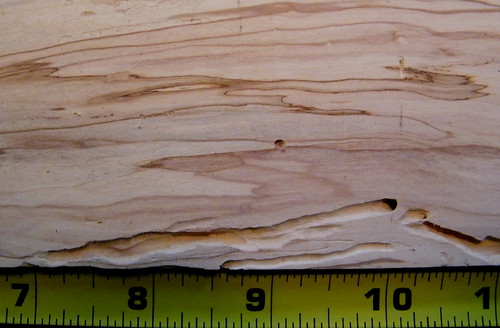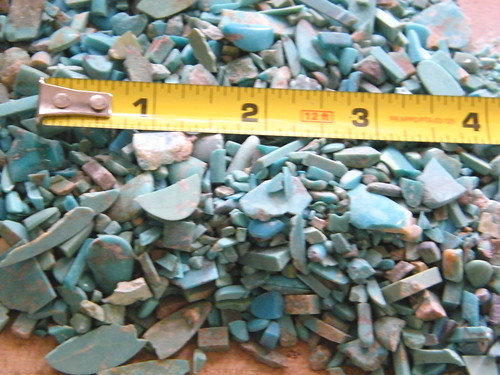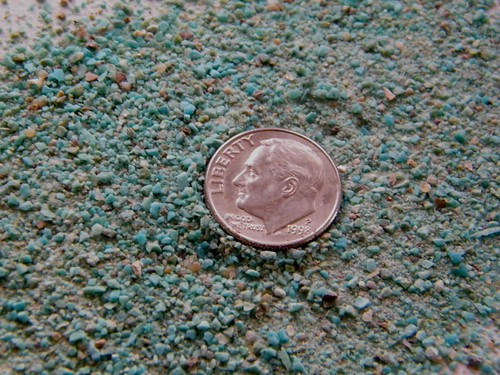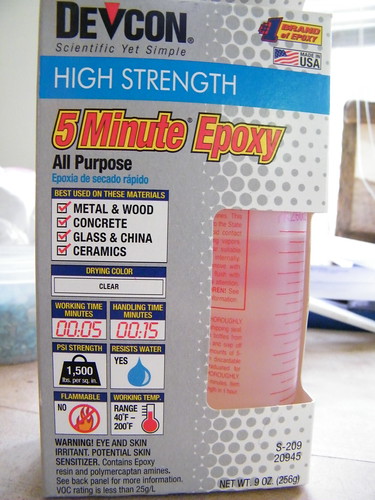Results 1 to 10 of 45
Threaded View
-
06-19-2009, 03:47 AM #1< Banned User >

- Join Date
- Apr 2008
- Location
- Newtown, CT
- Posts
- 2,153
Thanked: 586 How to do Chip Inlays; The Icedog Method
How to do Chip Inlays; The Icedog Method
How to do Chip Inlays; The Icedog Method
Hey kids! Last month I posted this thread: http://straightrazorpalace.com/works...my-knives.html showing a knife from my collection I had customized. In that thread I promised to teach how I did the turquoise inlays on the custom scales I fashioned. Over the past twenty years I have developed and proven this method for putting inlays in substrates of wood, hard plastics, bone, horn, even metals. I have taught the process to several artists who have used it with fantabulous results. One furniture maker has made some pretty fancy pieces and some equally fancy cash on the sales of those pieces he inlayed using my technique. I hope some of you will try this method on projects of your own. While the results appear difficult and expensive, you may be surprised to find the process remarkably simple and gratifying.
Substrate Materials
Once you see the “big picture” you will understand why my method is suitable to produce inlays of any shape, color or size from very simple to ornate and detailed in the surface of practically any rigid material. You are limited only by your imagination and the laws of physics. As I did on the knife discussed in the above referenced thread, for this lesson I will be demonstrating on a piece of spalted apple wood:

Apple wood is typically bone white with deep brown heart wood. The grain is very tight and the wood when dry is rock hard. This particular bit of wood is highly figured because of “spalting” which is the fungal spores reacting with the sugars in the tree’s sap as they spread through the grain lines, eating the wood. Ya just gotta admire the power of nature and her ability to produce striking beauty even as she causes the destruction of a material as it rots away. You can find spalting in all types of wood but I believe the spalted wood of fruit trees is the prettiest because of the high sugar content in the saps. Happy spores are pretty spores! But this article isn’t about spalted wood. In the photo notice this wood is also “wormy”. It is those worm holes I will be inlaying. If I wanted to create my own design I would cut recesses to be inlayed with carving gouges or an electric rotary (Dremel) type machine.

This is a small sample of the vast array of burrs and end mills available to use for this process. Once you have designed your project you will easily decide which bit will best suit your purpose.
Inlay Materials

This is scrap turquoise. The operative word here is SCRAP.Notice the variety shapes finishes, colors and sizes of the turquoise chips. Anyone who is designing and fabricating projects utilizing turquoise will be generating scrap. Again look at the photo. There are pieces that were finished cabochons that broke during installation. There are also bits that are cut offs from much larger stones. Observe too the varied patterns and colors of the impurities (known as “matrix”) in the stones. This works to our advantage because it is yet another complexity that causes some stuff to be scrapped. While you can go to jeweler’s supply houses like Sleeping Beauty or Rio Grande and pay exorbitant prices for very nice materials, it is much more fun and frugal to shop around by walking into the studios of artists who are using quantities of turquoise, especially in the American southwest.
While on a business trip to Albuquerque, New Mexico I walked into the shop of a very prolific producer of silver and turquoise jewelry. When asked if he had any bits of scrap left over from his processes, he led me to a standard size three drawer horizontal file cabinet. He showed me all three drawers neatly packed full of bags of the very chips you see in the photo. I left the shop with ten pounds of turquoise in five zip-lock bags in exchange for a twenty dollar bill!
I will talk about other suitable materials a little later but first I want you to understand my process.
The Process
I am going to fill the worm holes with a blended paste of epoxy and turquoise so I the chips you see above are clearly too big. It is an easy task to pulverize turquoise into any size from smaller chips down to fine dust.

This is actually “shake” I separated from the bigger stuff by using a kitchen sieve. However you can crush turquoise by putting it between two sheets of steel (even large handsaw blades) and pounding with a hammer or you can quickly do it with an electric burr type coffee mill or spice grinder. I have a small Cuisinart food processor that I use for the job. As the blade is shot for anything but pulverization and the inside of the bowl has been severely stone blasted, it can never be used again for its original intended purpose (in sincere hopes to maintain domestic harmony I keep it well hidden from my girlfriend Scarlett, the machine’s original owner). Some projects (which I will show you in a little while) will use a combination of small and large chips. But in this lesson we are using what I’ve already showed you. We will be mixing it into a stiff paste with epoxy.

I use this Devcon High Strength 5 Minute Epoxy. I have a long history of work in both aerospace and the medical device industries. I have tested my process with every epoxy I have come across and (fortunately) none exhibited better results than this stuff you see right here. The goals for this application are three:
- The cured epoxy must be hard and rigid so it can be polished.
- It should be colorless.
- It should bond to wood.
I mix in the bottom inch or so of a paper cup. This product is mixed with equal parts A and B. Then add an amount of crushed turquoise approximately equal to the mixed epoxy.

Be sure to have your substrate ready to receive the inlay before mixing the epoxy. The stuff doesn’t cure instantaneously but you don’t have all day either! Once the glue kicks you can do no more with it.
To be Continued!
BradLast edited by icedog; 06-19-2009 at 03:52 AM.
-


 4Likes
4Likes LinkBack URL
LinkBack URL About LinkBacks
About LinkBacks






 Reply With Quote
Reply With Quote